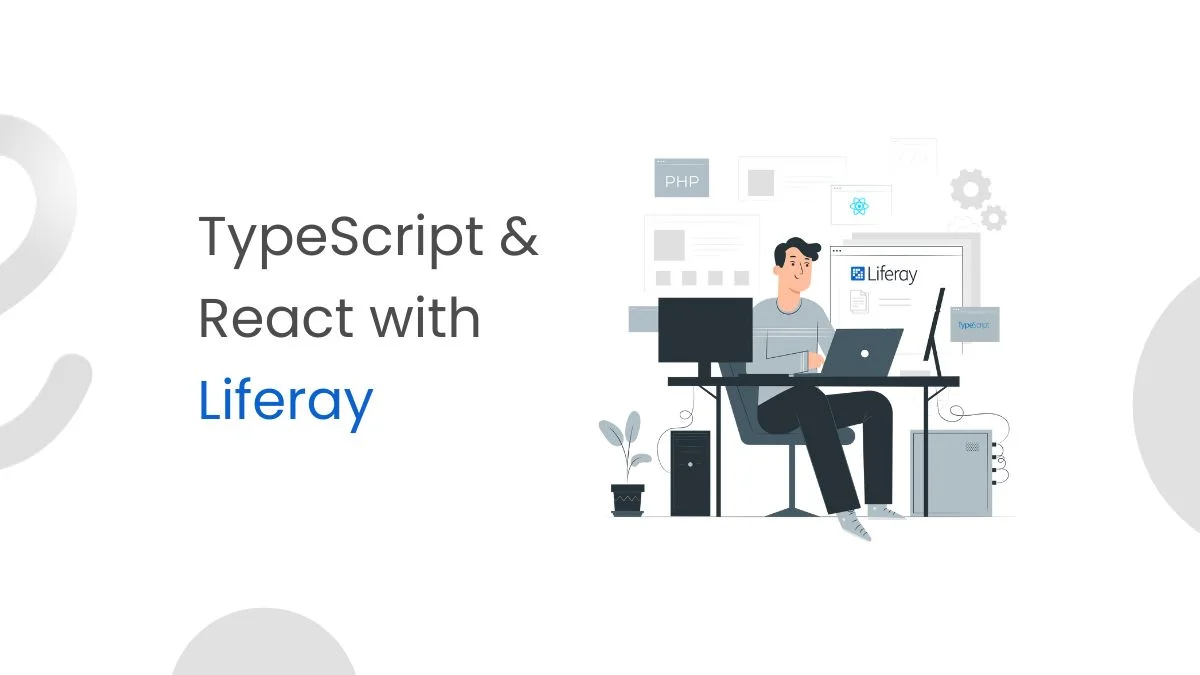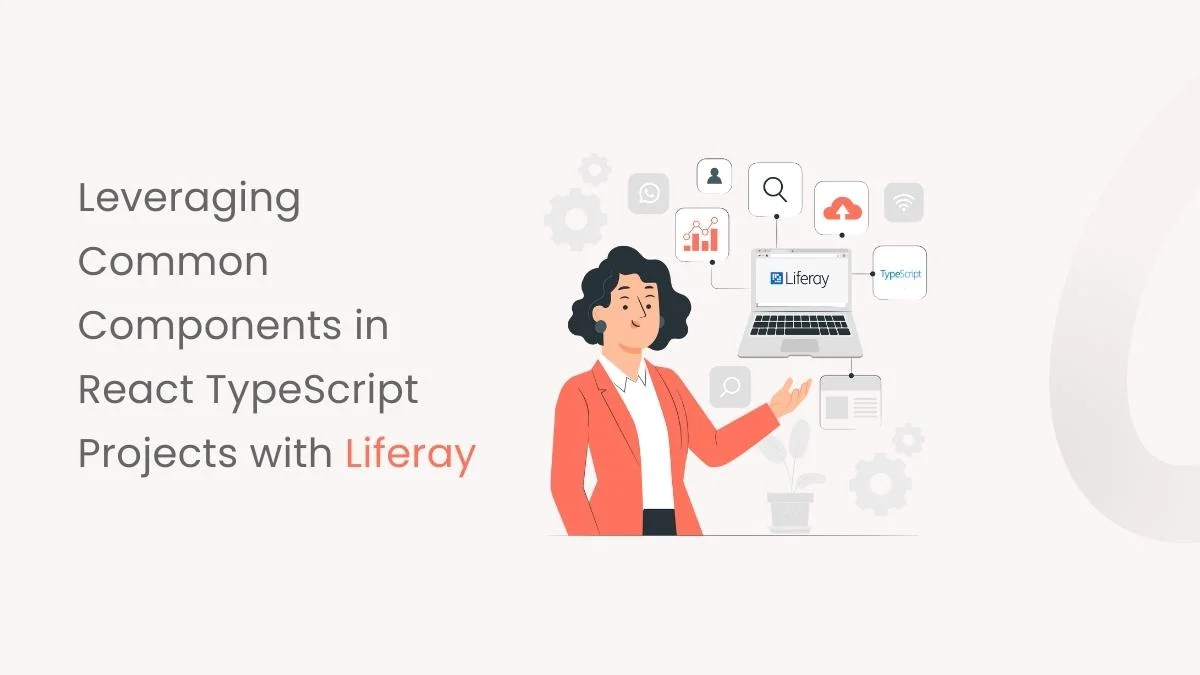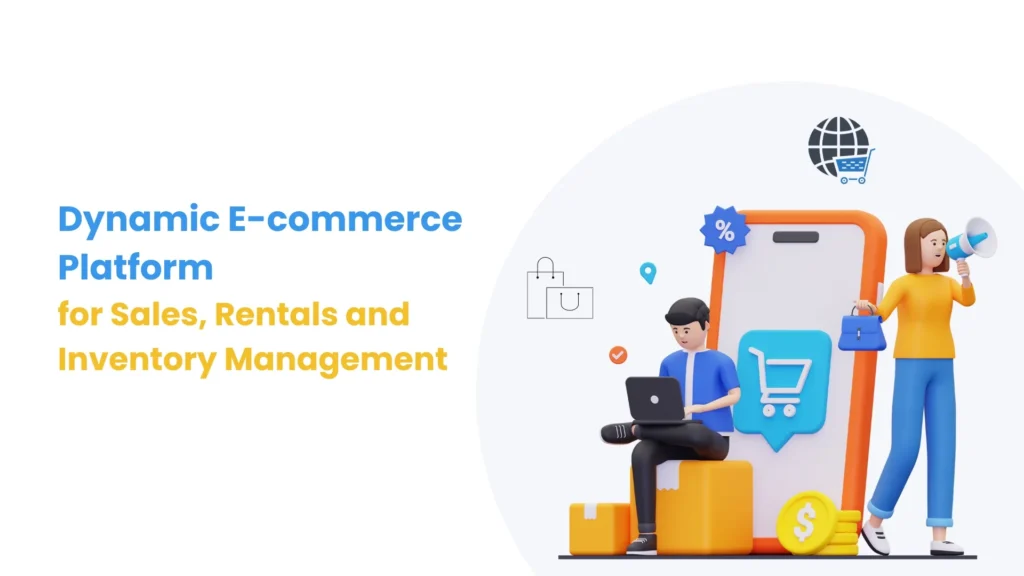Introduction
As developers, we aim to build web applications that not only look visually appealing but also ensure high-speed performance. One of the most popular front-end libraries among developers in this quest is React. React’s popularity persists, but ensuring optimal performance is a continuous challenge. This blog aims to explore in-depth performance optimization techniques, shedding light on the tools, strategies, and real-world scenarios that highlight the significance of making your React applications performant.
Prerequisites:
- React JS
- Understanding of the virtual DOM
The Need for Speed:
Consider a scenario: An e-commerce website built with React experiences delays in loading product listings during peak traffic hours. Users are met with slow response times, affecting their overall shopping experience. In this situation, optimizing React’s performance becomes crucial to retain users, boost conversion rates, and enhance the website’s competitiveness in the market.
Studies have shown that even a one-second delay in page load time can result in a significant decline in user satisfaction and engagement. The speed at which a web page loads significantly influences search engine optimization, user engagement, brand advocacy, and conversion rates. The chance of a bounce increases by 32% when page load time extends from one to three seconds. Additionally, one in four visitors would abandon a website if it takes more than four seconds to load.
A practical illustration of this impact can be observed in Instagram, a platform recognized for its image-heavy content. The React-powered feed of Instagram faced challenges with smooth scrolling. However, by implementing techniques such as virtualization and optimizing image loading, Instagram successfully enhanced scroll performance. This improvement resulted in a more seamless user experience, particularly in scenarios involving a large number of images.
As a React developer, addressing performance issues is not just a matter of preference; it’s a necessity.
Identifying bottlenecks:
To optimize the performance of your React application, it’s essential to identify the bottlenecks within it. This involves analyzing factors such as inefficient rendering, excessive re-renders, and the overall structure of the components. By understanding the specific areas that need improvement, developers can implement targeted optimizations for a more responsive application.
Before optimizing a React application, you should know how to measure an app’s current performance. This makes it easy to solve any React performance problems. Consider the below React JS performance metrics when measuring performance:
- Page Load Time: Faster page load times contribute to a positive user experience. Users tend to engage more with websites that load quickly, leading to higher satisfaction and retention.
- Responsiveness: A responsive website ensures that users can interact seamlessly with the interface. Quick responses to user actions, such as clicks or scrolls, create a more engaging and enjoyable browsing experience.
- Resource Usage: Optimizing resource usage is vital for efficient server performance. By using resources judiciously, a website can handle more concurrent users, leading to better scalability and cost-effectiveness.
- Scalability: Scalability is essential for accommodating fluctuations in user traffic. A scalable website can gracefully handle increased loads without compromising performance, ensuring a consistent experience during peak times.
There are several ways available for measuring performance, including:
- Chrome DevTools Performance tab
- React Developer Tools Chrome extension
- React’s Profiler API
React performance optimization techniques:
React’s architecture, including features like the virtual DOM and reconciliation process, addresses rendering performance, while good coding practices, algorithm efficiency, and proper memory management contribute to runtime performance.
- React Fragments for Cleaner Markup:
React Fragments provide a way to group multiple elements without adding unnecessary nodes to the DOM. They were introduced in React 16.2 as a lightweight alternative to using a wrapper div or another container element. This optimization reduces the DOM footprint, ensuring a cleaner and more efficient rendering process.
import React from 'react';
const MyComponent = () => {
return (
<React.Fragment>
<Element1 />
<Element2 />
</React.Fragment>
);
};
export default MyComponent;
You can also use short syntax <></> for declaring fragments
- Avoid Unnecessary Component Re-renders:
Unnecessary re-renders can lead to increased CPU usage, slower user interfaces, and unnecessary work being performed by the application.
- Use React.Memo to avoid re-rendering
- Use Callbacks to Prevent Passing Functions Multiple times
- Using Reselect library to create Memoized selectors
- Pass Only needed Props
Code Splitting for Efficient Loading:
Optimize runtime performance by breaking down your application into smaller, manageable chunks. Code splitting ensures that only the necessary code is loaded, reducing initial load times and enhancing overall resource efficiency.
There are several ways to implement code splitting in a React application. Let’s explore two commonly used methods.
Method 1: React.lazy() with Suspense
This practice not only improves the initial page load time and reduces unnecessary network requests but also prevents unnecessary rendering of off-screen images. React provides a built-in lazy function and Suspense component to achieve lazy loading. Here’s a simple example using the lazy function:
import React, { Suspense } from "react";
// Without React.lazy()
import AboutComponent from './AboutComponent ';
// With React.lazy()
const AboutComponent = React.lazy(() => import('./AboutComponent '));
const HomeComponent = () => (
<div>
<Suspense fallback={<div>Please Wait...</div>}>
<AboutComponent />
</Suspense>
</div>
);
export default HomeComponent;
Doing this helps you make sure that your websites are fast, they have great SEO, and it helps enhance the user experience.
Method 2: Dynamic Import with Webpack
import React, { Component } from 'react';
class App extends Component {
handleClick = async () => {
const module = await import('./DynamicComponent');
// Do something with the dynamically imported module
};
render() {
return (
<div>
<h1>My React App</h1>
<button onClick={this.handleClick}>Load Dynamic Component</button>
</div>
);
}
}
export default App;
- Implement Pure Components:
If you are using class components in your React application, implementing Pure Components is a valuable strategy for performance optimization. Pure Components are a subclass of React components that automatically implement the shouldComponentUpdate lifecycle method with a shallow prop and state comparison, minimizing re-renders and enhancing runtime performance.
import React from 'react';
class MyPureComponent extends React.PureComponent {
render() {
// Your component logic here
return (
<div>
<h1>{this.props.title}</h1>
<p>{this.props.content}</p>
</div>
);
}
}
export default MyPureComponent;
- Avoid Inline Style Attributes
Using inline styles is not considered best practice, though, because it results in a lot of repetition – as the styles cannot be reused elsewhere. Inlining every CSS tag affects your web page’s performance and loading speed. They add an extra weight to your HTML file, which increases the amount of data that your browser has to download and parse. This can slow down your page rendering and user experience.
Furthermore, inline styles prevent your browser from caching your style sheets, which means it has to request and process them every time your page loads. This can also increase your bandwidth usage and server load.
Keep states local, but why?
In ReactJS, a state update in the parent component re-renders the parent and all its child components. This is why you must ensure that the re-rendering of the components happens only when necessary.The easiest way to achieve this is to separate the code that handles component states and make it local.
import React, { useState } from 'react';
// Child Component: Counter
const Counter = () => {
const [count, setCount] = useState(0);
return (
<div>
<p>Counter: {count}</p>
<button onClick={() => setCount(count + 1)}>Increment</button>
</div>
);
};
// Parent Component: App
const App = () => {
const [trigger, setTrigger] = useState(true);
return (
<div>
<button onClick={() => setTrigger(!trigger)}>
Toggle Parent Rerender
</button>
{trigger && <Counter />}
</div>
);
};
export default App;
When you click the “Increment” button in the Counter component, only that component’s state is updated, and it re-renders independently of the parent. Toggling the parent re-render button in the App component demonstrates that changes in the parent component don’t affect the child (Counter) unless necessary.
- Optimizing Images:
Images are often the heaviest assets. Large image files can significantly impact loading times, causing slower user experiences. To enhance both load times and runtime performance, it’s crucial to compress and optimize images, reducing their file sizes. This not only improves load times but also ensures that your application’s runtime performance isn’t weighed down by large image assets.
- By importing your images in your source code, create-react-app (or webpack) will bundle all your images and try to best compress them.
- Compress your source images through TinyPNG
- Use webp and avif image formats for fast loading
List Virtualization / Windowing:
List virtualization, also known as windowing, is a technique used in React to optimize the rendering of long lists. Instead of rendering all items at once, which can lead to performance issues, only the items visible within the viewport are rendered. This improves rendering speed and reduces the memory footprint of your application.
- Key Coordination for List Rendering:
When you render a list of items, each item needs a unique identifier or “key” to help React efficiently update and re-render the list when changes occur. Imagine you have a to-do list displayed on your app. Each to-do item has a unique ID, like numbers or strings. When React renders this list, it uses these IDs as keys to keep track of each item. If you add, remove, or reorder items, React can quickly identify the changes by looking at the keys. It’s like giving each item in your list a distinct label, so React can manage and organize them effectively for better performance.
import React from 'react';
const ListComponent = ({ items }) => (
<ul>
{items.map((item) => (
// Each item is assigned a unique key based on its ID
<li key={item.id}>{item.name}</li>
))}
</ul>
);
export default ListComponent;
Conclusion:
Enhancing React performance is a continuous journey of identifying and addressing specific performance issues. While there are various optimization techniques available, it’s essential to approach them selectively and avoid unnecessary complexity.
Start with simpler strategies and only escalate to more intricate solutions if needed. Keep your focus on improving the user experience and addressing specific performance bottlenecks for a smoother and faster React application.
Happy coding!





